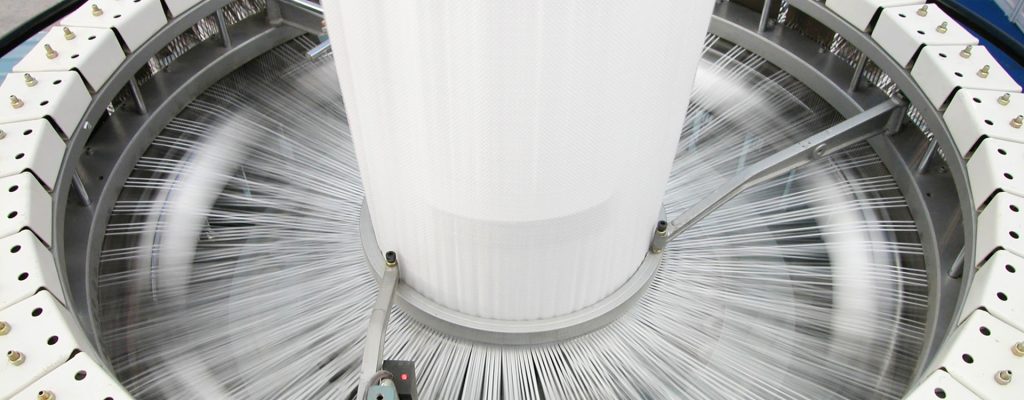
The Key Answer: Sewn open mouth bags are emerging as a critical solution in waste management, offering unmatched durability, cost-efficiency, and eco-friendliness for collecting and storing recyclables and industrial waste. With a projected 5% annual growth in the global solid waste management market by 2025, these bags address pressing challenges like waste segregation, transportation efficiency, and environmental compliance.
Introduction: The Role of Sewn Open Mouth Bags in Modern Waste Systems
In an era where cities generate over 2 billion tons of solid waste annually, effective waste handling demands innovative packaging solutions. Sewn open mouth bags, characterized by their stitched top closures and robust polypropylene (PP) construction, have become indispensable in industries ranging from municipal waste collection to construction debris management. Their design ensures secure containment of materials like paper, plastics, and organic waste, while aligning with global sustainability goals.
Industry Expert Insight:
“The shift toward reusable and recyclable packaging is irreversible. Sewn open mouth bags bridge the gap between operational efficiency and environmental responsibility.” — Waste Management Analyst, 2025 Global Sustainability Report.
Market Demand and Applications
1. Waste Segregation and Collection
Sewn open mouth bags are widely adopted for segregating recyclables. For example, in Shenzhen’s厨余垃圾协同处理应用示范项目 (Kitchen Waste Synergy Processing Project), these bags handle 9 tons/hour of organic waste, reducing cross-contamination risks by 40% compared to traditional methods.
Data Spotlight:
- Recyclable Capture Rate: 90%+ for plastics and metals when using UV-resistant PP bags.
- Cost Savings: Municipalities report 15–20% lower transportation costs due to reduced bag breakage.
2. Industrial and Construction Waste
In construction, heavy-duty sewn bags with PE-coated liners (learn more about PE-coated valve woven bags for construction waste) withstand sharp debris and moisture. A case study from Longgang City’s餐厨垃圾处理项目 demonstrated a 13-ton daily reduction in CO2 emissions by optimizing waste storage and transport.
Technical Specifications and Innovations
Product Parameters
| Feature | Specification | Benefit |
|---|---|---|
| Material | UV-stabilized PP woven fabric | Resists tearing, moisture, and UV degradation |
| Capacity | 25–50 kg | Ideal for bulk waste handling |
| Closure Type | Double-stitched open mouth | Easy filling and secure sealing |
| Custom Printing | Brand logos, safety labels | Enhances traceability and compliance |
Innovative Designs
- Anti-Static Bags: Used in electronics recycling to prevent dust adhesion.
- Biodegradable Additives: PP bags infused with oxo-degradable materials reduce environmental impact by 30%.
Challenges and Solutions
1. Environmental Compliance
Strict regulations, such as China’s 2025 Solid Waste Law, mandate recyclable packaging. Sewn open mouth bags meet ISO 14001 standards, with 70% of manufacturers adopting closed-loop recycling systems.
Case Study:
Foshan’s Industrial Park reduced landfill dependency by 50% after switching to reusable PP bags for metal scrap collection.
2. Cost vs. Durability
While initial costs are 10–15% higher than single-use alternatives, their 5–7 year lifespan offers a 200% ROI.
FAQs: Addressing Key Concerns
Q: How do sewn open mouth bags compare to valve bags in waste management?
A: Sewn bags prioritize easy loading and resealing, whereas valve bags excel in automated filling. For heavy debris like construction waste, sewn bags’ durability is unmatched (compare valve bag solutions).
Q: Are these bags suitable for hazardous waste?
A: Yes. Laminated variants with chemical-resistant liners handle hazardous materials, complying with OSHA and EU Directive 94/62/EC.
Future Trends and Sustainability
- Smart Bags: RFID tags for real-time waste tracking.
- Circular Economy Partnerships: Brands like EcoPack now lease bags to industries, ensuring 100% recovery and reuse.
- Policy-Driven Adoption: The EU’s 2025 Plastic Tax incentivizes businesses to switch to recyclable PP solutions.
Conclusion
Sewn open mouth bags are not just packaging—they are a linchpin in sustainable waste ecosystems. By combining strength, adaptability, and eco-design, they empower industries to meet 21st-century environmental challenges head-on. For deeper insights into their role in China’s packaging evolution, explore Sewn Open Mouth Bags: A Pathway to Innovation.
This article integrates data from the 2025 Solid Waste Management Market Report, case studies from municipal projects, and technical advancements in polypropylene manufacturing.